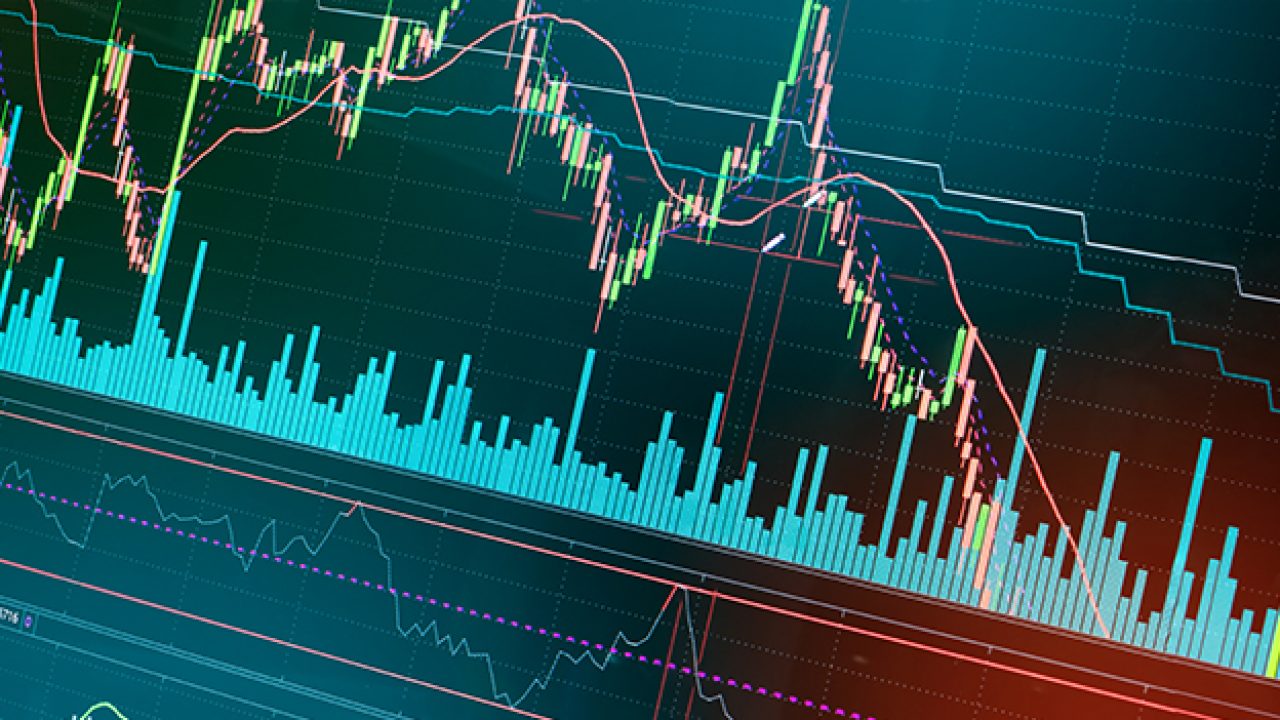Commercial Cleaning Sensors: A Guide to Efficient Facility Management

In today’s fast-paced business world, companies need to ensure their facilities are running efficiently to keep up with the demands of their clients and employees. One way to achieve this is through the use of commercial cleaning sensors. These sensors allow companies to monitor their facilities and provide insights into areas that require attention. This guide will cover everything you need to know about commercial cleaning sensors, including their benefits, how they work, and the different types available.
Contents
What are Commercial Cleaning Sensors?
Commercial cleaning sensors are electronic devices designed to monitor and measure various parameters related to facility management. These sensors are used to track factors such as occupancy levels, air quality, temperature, and humidity. They are used in commercial buildings, hospitals, schools, and other large facilities to improve efficiency and reduce costs.
Benefits of Commercial Cleaning Sensors
- Improved Indoor Air Quality
Commercial cleaning sensors can detect and monitor the air quality inside buildings. They can track levels of pollutants, such as carbon dioxide and volatile organic compounds (VOCs), and alert building managers when levels exceed safe thresholds. This information can help identify potential sources of indoor air pollution and improve the air quality inside the building.
- Energy Savings
Commercial cleaning sensors can help reduce energy costs by optimizing the use of heating, ventilation, and air conditioning (HVAC) systems. These sensors can detect occupancy levels and adjust HVAC settings accordingly, reducing energy consumption when a room is not in use.
- Increased Efficiency
Commercial cleaning sensors can help identify areas that require attention, such as high traffic areas or areas that are frequently used. This information can be used to optimize cleaning schedules and reduce cleaning costs.
- Improved Occupant Comfort
Commercial cleaning sensors can monitor temperature, humidity, and air quality to maintain a comfortable environment for building occupants. This can help improve productivity and reduce absenteeism.
Types of Commercial Cleaning Sensors
- Occupancy Sensors
Occupancy sensors detect the presence or absence of people in a room. These sensors can be used to control lighting, HVAC systems, and other building systems. When a room is unoccupied, the sensor can turn off lights and adjust the temperature, reducing energy consumption.
- Air Quality Sensors
Air quality sensors detect and monitor the levels of pollutants in the air. These sensors can detect carbon dioxide, VOCs, and other pollutants that can cause health problems. When levels exceed safe thresholds, the sensor can alert building managers, who can take steps to improve air quality.
- Temperature and Humidity Sensors
Temperature and humidity sensors monitor the temperature and humidity levels inside a building. These sensors can detect areas that are too hot or too cold and adjust HVAC settings accordingly. They can also help identify areas that require additional ventilation or dehumidification.
- Water Quality Sensors
Water quality sensors monitor the quality of water used in building systems, such as cooling towers and boilers. These sensors can detect impurities and alert building managers to potential problems before they cause damage to equipment or affect building occupants.
How do Commercial Cleaning Sensors Work?
Commercial cleaning sensors work by collecting data on various parameters related to facility management. This data is then analyzed to identify areas that require attention. For example, an occupancy sensor can detect when a room is unoccupied and adjust HVAC settings accordingly. An air quality sensor can detect high levels of pollutants and alert building managers to potential health risks.
The data collected by commercial cleaning sensors can be used to optimize cleaning schedules, reduce energy consumption, and improve the overall efficiency of building systems. Building managers can access this data in real-time using a dashboard or mobile app, allowing them to make informed decisions about facility management.






